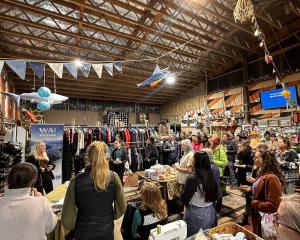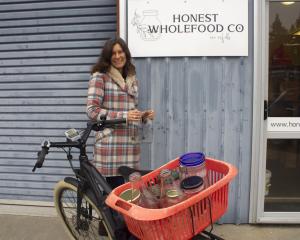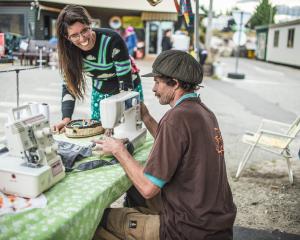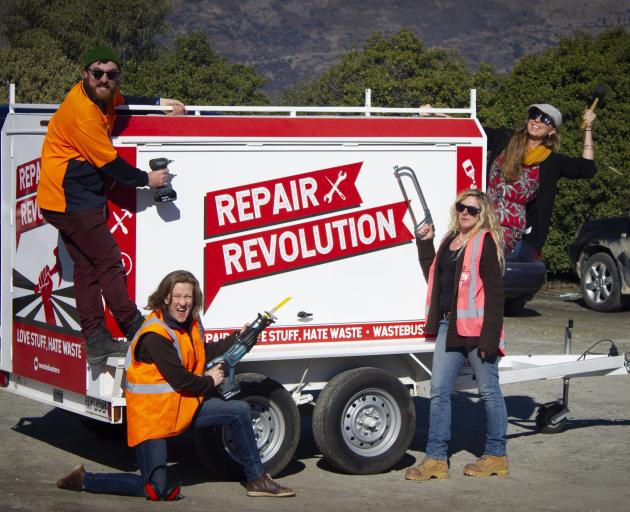
One of the occupational hazards in my job as the communications manager for Wastebusters is popping bubbles. People often come up to me with a happy smile and tell me all about an easy alternative to sending waste to landfill. I feel obliged to pass on the backstory from the zero-waste perspective so that they can see past the mirage. It’s hard to watch the smile drop from their faces, especially if they’ve invested money or their reputation in the bubble.
The latest bubble is ‘‘waste to energy’’ incineration. The story goes that we can take household waste and other rubbish, put it in a high-tech incinerator and transform it into energy. No down sides, no side effects, the rubbish has gone ‘‘away’’ and we’re left with clean, renewable energy.
But is large-scale incineration of household rubbish too good to be true? Let me share some backstory with you, and you can decide.
First, some recent history about the efforts to bring incineration into Aotearoa New Zealand. Right now there are at least four proposals to build large-scale incinerators in small communities around the country. These proposals come just as European countries are turning their backs on incineration of household waste, as they transition to a circular economy.
You may have heard about the proposal, in 2019, to build a waste-to-energy incinerator on the West Coast. The proposal by Renew Energy, partnering with Chinese company China Tianying Inc (CNTY), collapsed spectacularly amid revelations of secret deals and a vote of no-confidence in Buller Mayor Garry Howard. Howard visited China with Renew representatives in 2018, signing a secret deal with Renew energy and the Chinese company. Documents obtained by Stuff under the Official Information Act found this agreement included providing a landfill for the fly ash (toxic waste) that the incinerator would produce.

Last month, Renew revealed plans to build the incinerator in Waimate, South Canterbury. The proposal is a joint venture between Renew and the same overseas companies involved in the West Coast proposal (China Tianying Inc and Urbaser SAU, a large multinational company formerly owned by China Tianying Inc and sold to a US equity firm earlier this year). The incinerator would burn 350,000 tonnes of rubbish each year.
The proposal looks very like a replication of the West Coat proposal, with the addition of a glossy PR campaign. The incineration project is named ‘‘Project Kea’’, apparently because ‘‘the kea bird is considered a guardian of the mountains and is unique to New Zealand; while Project Kea is one of a kind in New Zealand and aims to protect the environment of Aotearoa’’.
Project Kea’s Chinese-US-New Zealand joint venture is called South Island Resource Recovery Ltd (SIRRL). Resource recovery usually refers to keeping resources in circulation through recycling, reuse and repair, not to burning rubbish, but let’s leave that aside for the moment.
Material on the SIRRL website and brochure extol the benefits of waste-to-energy incineration with statements such as ‘‘energy from waste will go hand in hand with waste reduction, reuse and recycling’’. Really? What about evidence from a recent Channel 4 investigation in the UK that discovered in March this year that hundreds of thousands of tonnes of recycling was being burnt in incinerators? The investigation also found a direct correlation between regions tied into incineration contracts and low recycling rates.
Experts to the Technical Expert Group (TEG) determining the EU taxonomy advised the TEG that a large portion of Europe’s at present incinerated waste could have been recycled. The EU taxonomy assesses economic activities against six environmental objectives, which include a circular economy. It is expected to drive the transition to a low-carbon, climate-resilient economy and to avoid greenwashing. The TEG excluded waste-to-energy incineration from the list of sustainable activities released in 2020, alongside coal and nuclear.
It often seems in the waste sector that technologies get rolled out in Aotearoa New Zealand right about the time that other countries are moving on. Denmark has long been the poster child for incineration. But Danes generate the most waste per citizen in Europe, 844kg per person in 2019 compared with the European average of 502kg per person. With 23 incinerators to feed, Denmark is also importing rubbish to burn — one million tonnes of it from the UK and Germany in 2018.
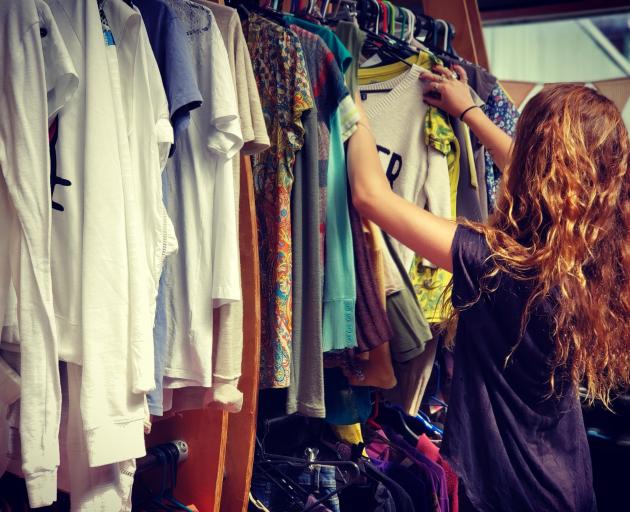
Denmark won’t be the only place importing rubbish if the Waimate rubbish incinerator goes ahead. The planned incinerator would burn 350,000 tonnes of rubbish a year, nearly all of which would have to be transported to the town. In 2019, Waimate sent just 1280 tonnes of rubbish to landfill, at least 460 tonnes of which could have been diverted through better recycling and composting systems.
That’s a tiny fraction of the rubbish that the incinerator would burn. To run the incinerator, Waimate would have to bring in 348,719 tonnes of rubbish a year, or 955 tonnes per day. That’s about 70 rubbish trucks a day from all over the district (an estimate similar to the one on the South Island Resource Recovery Ltd website).
The Waimate incinerator proposal claims it will bring 100 jobs post-construction (including indirect jobs such as driving the trucks).
It is how such schemes are sold around the world. Companies look for communities that are receiving less investment and are more hungry for jobs and promises. In the US, 80% of incinerators are located in low-income or minority communities.
So let’s assume the incinerator is built. Does the 350,000 tonnes of rubbish actually go away when it’s burnt? Well, not completely. It creates various types of ash, known as bottom ash and fly ash, which contains heavy metals and dioxins captured by the air filters. The ash equates to about 20% by weight and 10% by volume of the original waste. Fly ash is so toxic that in the past it has been encased in concrete and buried in special landfills. SIRRL says the toxic ash will be converted into an inert slag, which could be used in roading or concrete blocks.
SIRRL is also confident that the air filters will enable the plant to meet government and regional council air quality standards. But a proposal to build an incineration plant in Sydney in 2018 was blocked when the New South Wales Independent Planning Commission ruled there was ‘‘uncertainty’’ over human health and environmental impacts. The commission adopted a ‘‘precautionary approach to the consideration and determination of the project’s impacts on air quality and human health’’, and turned down the incinerator for resource consent, meaning it was never built.
As a country still dealing with the legacy of toxic waste from the Tiwai Point aluminium smelter and the DDT plant at Mapua, adopting a precautionary approach to waste solutions seems sensible.
One of the reasons given for incineration as a waste solution is that energy can be captured during the process of burning rubbish. However, burning rubbish for energy involves climate emissions equivalent to burning coal. According to a Zero Waste Europe policy briefing, incineration of household rubbish ‘‘is an ineffective way of producing energy, with a higher unit emissions of fossil CO2 per kWh than conventional fossil fuel power stations’’.
Ultimately, once you invest $350million in building a rubbish-burning plant, the last thing you want to do is to run out of waste. You’re tied into feeding the beast, at a time when there is growing understanding that we have to incentivise ways to reduce waste: reduction, repair, reuse and recycling. Investing in burning rubbish is doubling-down on solutions at the bottom of the waste hierarchy. If we keep on putting all the money into burying or burning rubbish, we’re never going to address the root of the problem and turn the tap off on the flow of waste.
Shifting to a circular economy is an integral part of the transition to a low-carbon future. Using resources for as long as we can and then repairing, repurposing, reusing and recycling them is the future. Trying to make rubbish go away by burning and burying it is the past.
Just imagine what could be created if we took that $350million and invested it in supporting communities to set up their own zero-waste hub like Wastebusters, recovering resources and supporting each community to be more circular and make less waste.
We know from experience with the Zero Waste Network that recycling and reuse/repair create many more jobs from each tonne of waste than landfill or incineration — $350million could easily fund the set-up of 100 zero-waste hubs, and, based on Wastebusters staffing, that could mean about 2000 full-time jobs. These are the jobs of the future, jobs inside the circular economy that support communities to make resources circular and reduce waste before it has to be burned or buried.
What would you prefer to see in your community?
Gina Dempster is communications manager at Wastebusters. Each week in this column, one of a panel of writers addresses issues of sustainability.



